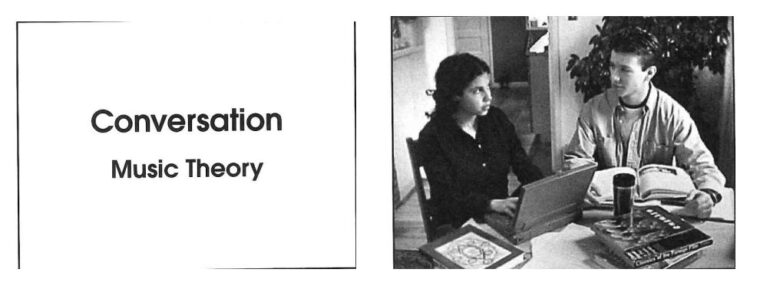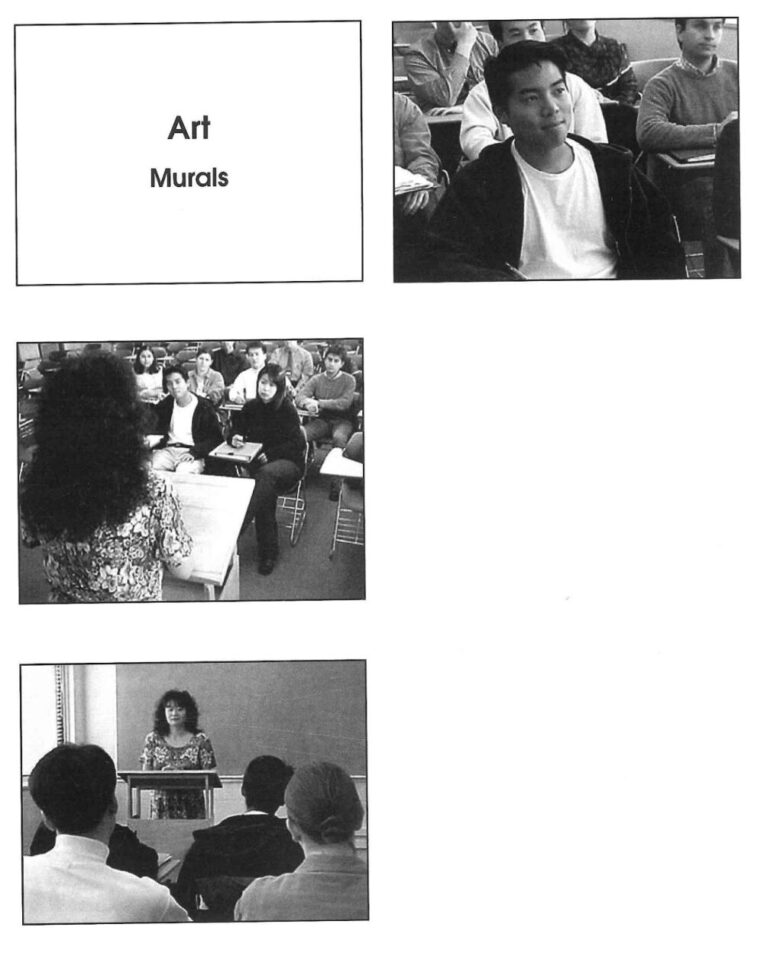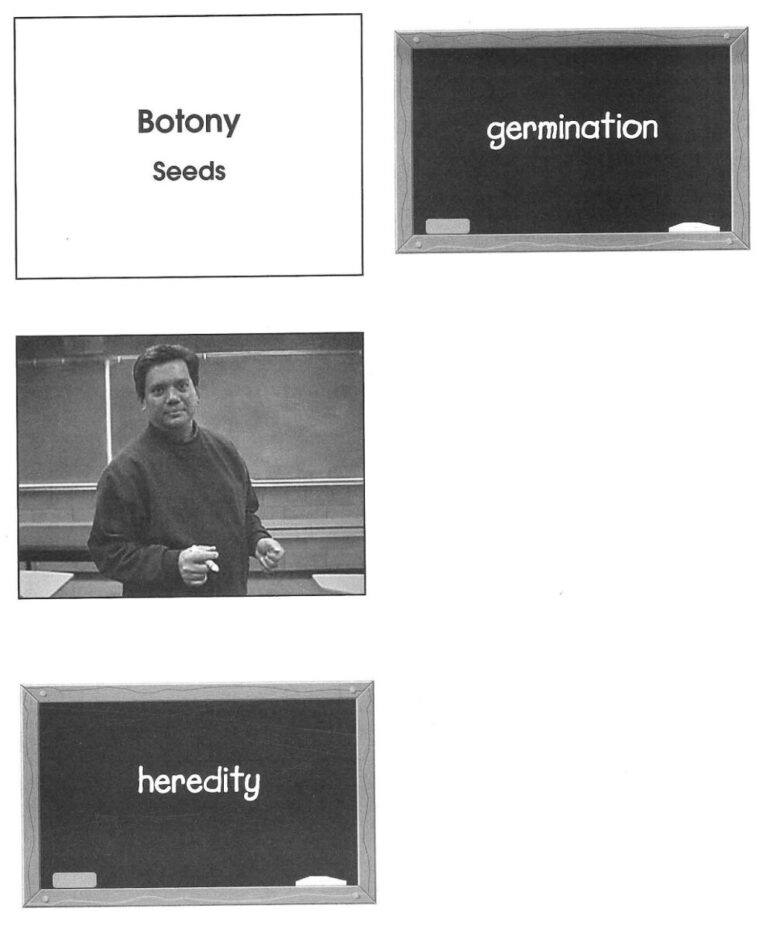https://www.youtube.com/watch?v=pMuI2gbH0wc
QUESTIONS 18-22
18. What are the students mainly discussing?
Click on two answers.
[A] How music differs from noise
[B] Sounds made by musical instruments
[C] The phenomenon of antinoise
[D] Why some sounds are unpleasant
19. According to the conversation, what is noise?
The complete absence of sound
Patterns produced by sounds in nature
Random sound with irregular waves
Sounds made by a computer voice
20. Listen again to part of the conversation. Then answer the question.
Select the sentence that best expresses how the woman probably feels.
(A) “I’m frustrated because I don’t understand.”
(B) “I’m glad that you know so much about music.”
(C) “I don’t agree with what you are saying.”
(D) “I wish that I knew how to play the drums.”
21. How does the man help the woman understand the meaning of “antinoise”?
(A) By contrasting music and antinoise
(B) By reading a definition from the textbook
(C) By describing the sound of a drumbeat
(D) By telling her about a computer program
22. What will the woman probably do?
(A) Drop out of the music theory class
(B) Listen to recordings of various instruments
(C) Read the textbook before the next lecture
(D) Use a computer to search for information
QUESTIONS 23-28
23. Why is the class discussing the technical requirements of murals?
(A) They are preparing for an examination.
(B) They plan to visit some famous murals.
(C) They are helping to design a new building.
(D) They will be creating their own mural.
24. According to the discussion, what factors should be considered in planning a mural?
Click on two answers.
[A] The position of the observer
[B] The character of the artist
[C] The architecture of the room
[D] The colors of the paint
25. What does the instructor mean when she says this: 0
(A) A building with a mural will attract a lot of visitors.
(B) A mural serves the same purpose as other forms of art.
(C) The term “mural” has several different meanings.
(D) A mural is an expression of the building’s character.
26. The instructor briefly explains how moisture damages a mural. Indicate whether each sentence below is a part of the process.
For each sentence, click in the correct box.
| Yes | No | |
| Moisture seeps through the wall and dissolves salts in the wall material. | ||
| The plaster dries more quickly than the paint. | ||
| An air space between the interior and exterior walls insulates the mural. | ||
| Dried salt deposits form a white film on the mural. |
27. What is the purpose of having an air space between the outer wall and the plaster?
(A) It will protect the plaster from temperature changes.
(B) It will give the mural a greater sense of depth.
(C) It will reduce the time needed for drying the plaster.
(D) It will eliminate the need to wash the wall frequently.
28. Why does the instructor say this: G
(A) To explain how a wall can be made stronger
(B) To describe the process of framing a mural
(C) To explain how to create an insulating air space
(D) To describe a technique for texturing a plaster wall
Questions 29-34
29. What aspect of seeds does the professor mainly discuss?
(X) Hereditary changes in seeds
(T) Ways that seeds are dispersed
(£) Genetic engineering of seeds
(IT) How seeds germinate and grow
30. What role does heredity play in the life of a plant?
(A) It provides the information the plant needs to grow.
(B) It helps nutrients move up from the soil into the plant.
(C) It causes the seed to swell and burst out of its case.
(D) It supplies the energy required to manufacture food.
31. Listen again to part of the talk. Then answer the question.
Why does the professor say this:
A. To point out the diversity of plant life
B. To give an example of an environmental cue
C. To compare different ecosystems where plants live
D. To explain why few plants survive in the desert
32. What environmental factors are required for a seed to germinate?
Click on two answers.
[A] Heredity
[B] Water ‘
[C] Organic fertilizer
[D] The proper temperature
33. How does a seed obtain the energy it needs for germination?
(T) It takes in nutrients through capillaries in its roots.
(T) It depends on the chemical energy from fertilizer.
(IT) It converts the energy of food stored within itself.
(IT) It uses solar energy collected through its leaves.
34. The professor explains how a seed becomes a young plant. Summarize the process by putting the events in order.
Drag each sentence to the space where it belongs.
(A) The plant collects sunlight for its growth energy.
(B) The embryonic root pushes outward into the soil.
(C) The seed takes in water and begins to swell.
(D) The tip of the shoot breaks through the soil’s surface.
1 ________________
2 ________________
3 ________________
4________________




